No Results Found
The page you requested could not be found. Try refining your search, or use the navigation above to locate the post.


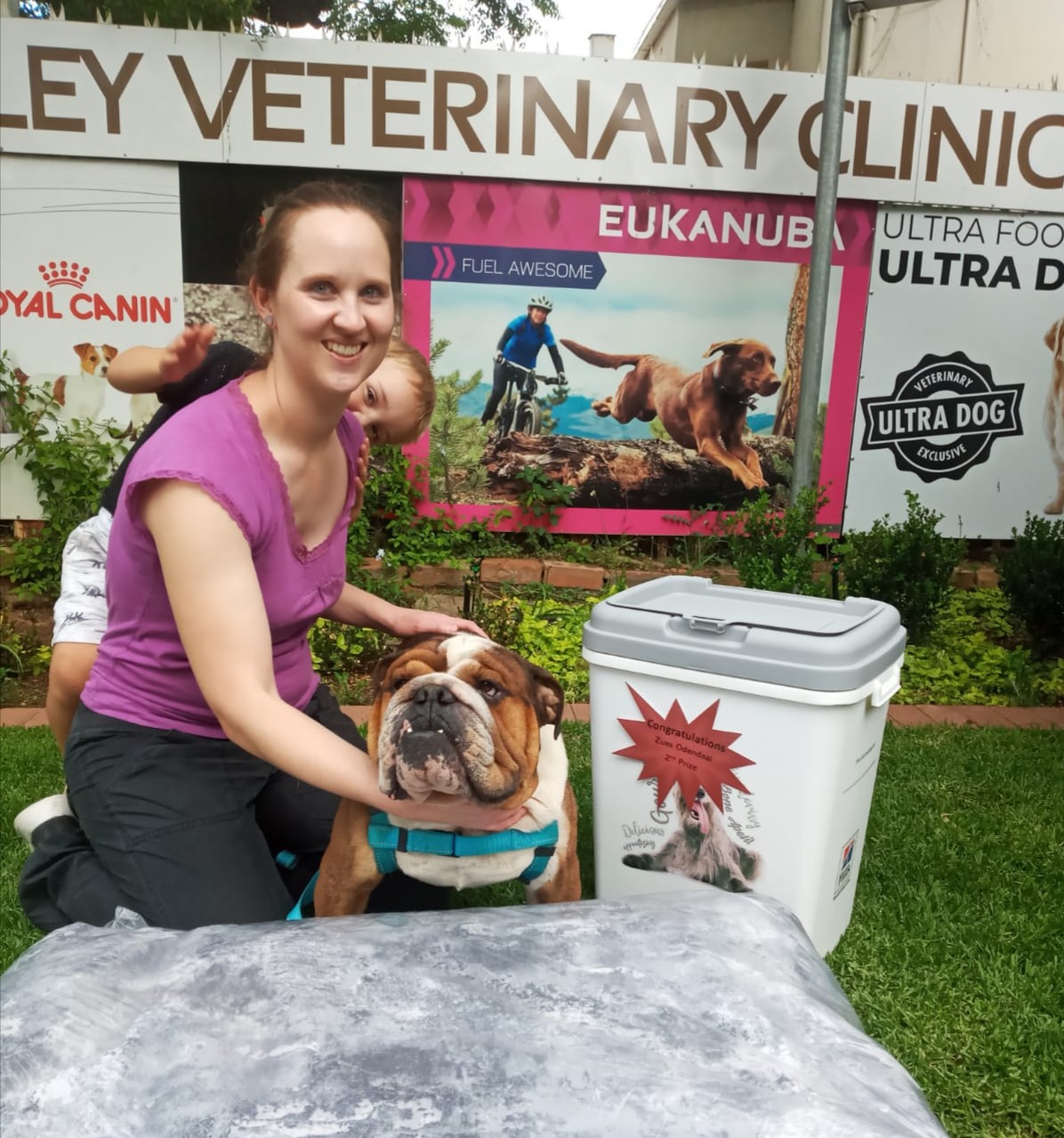


Showing 1–12 of 106 results
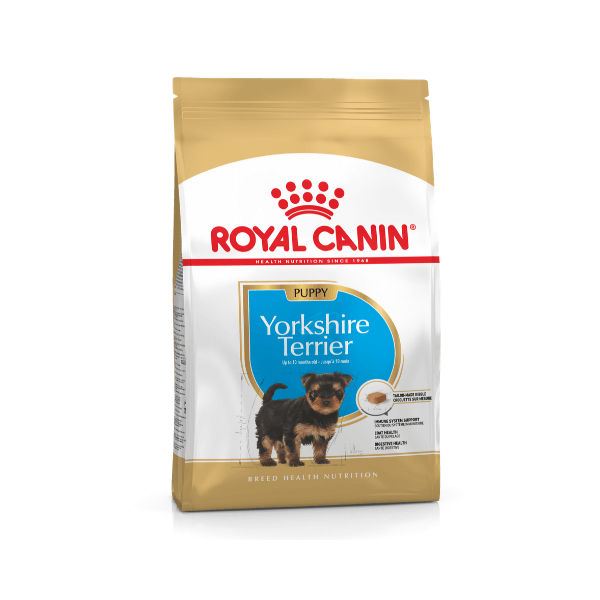

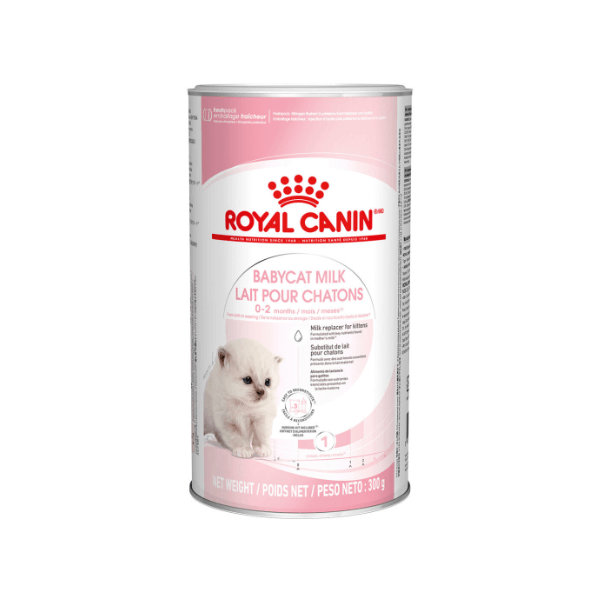


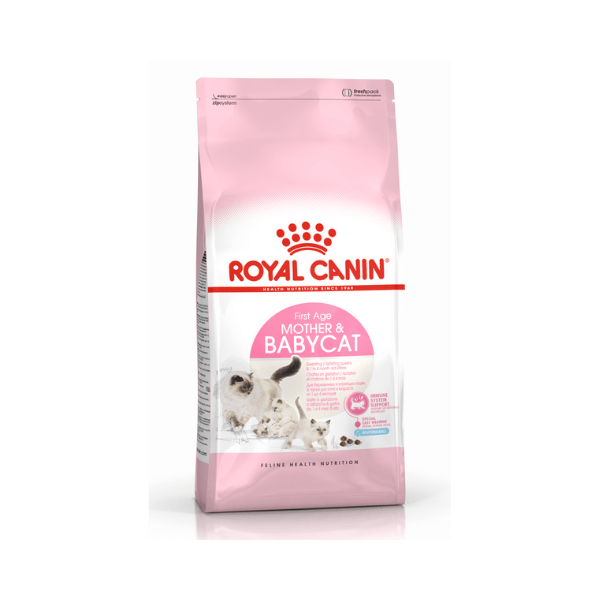
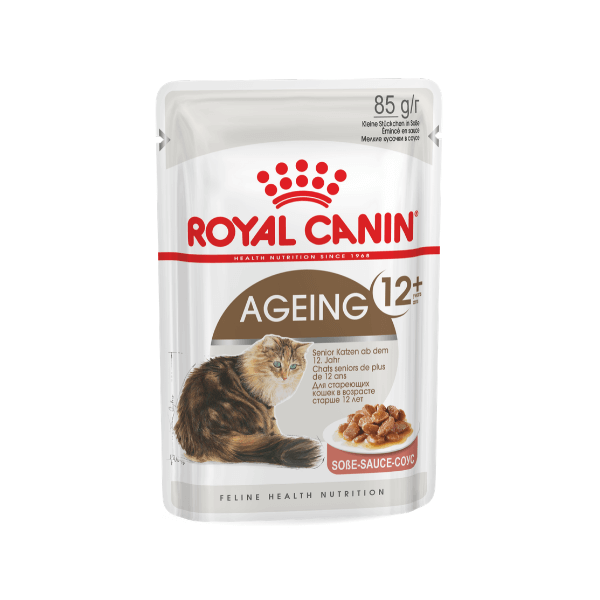

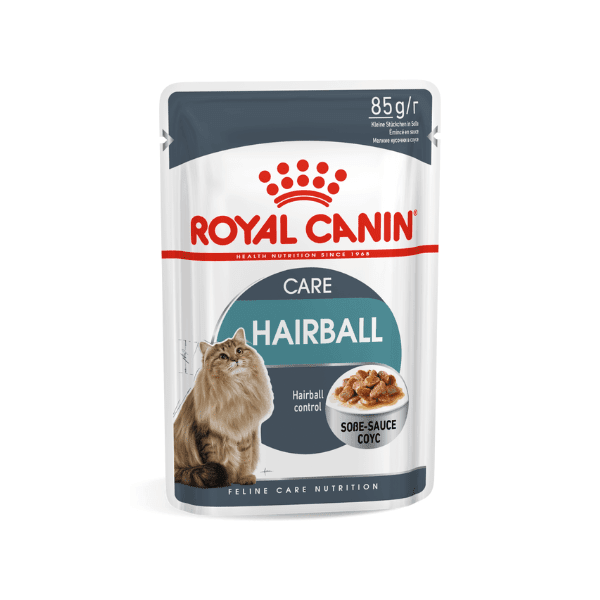
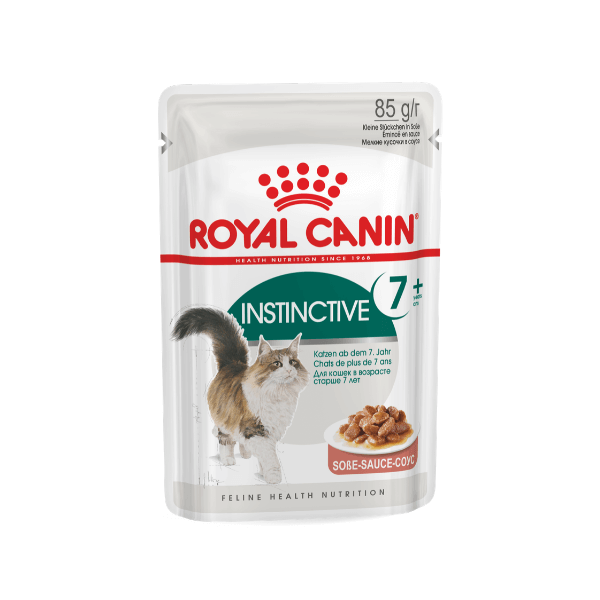
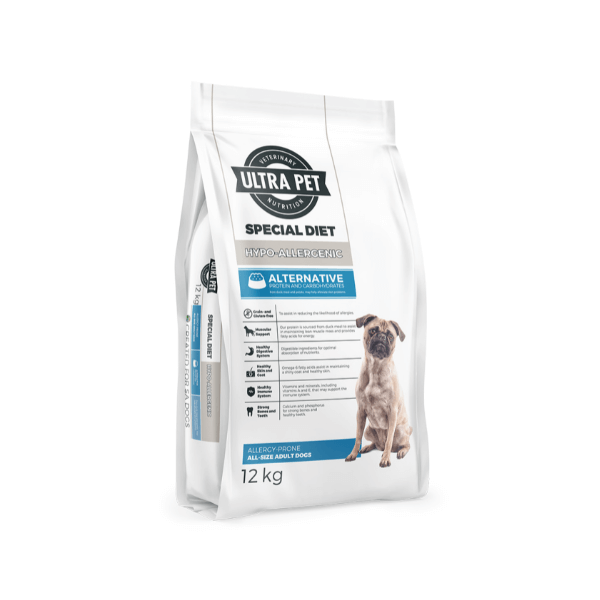
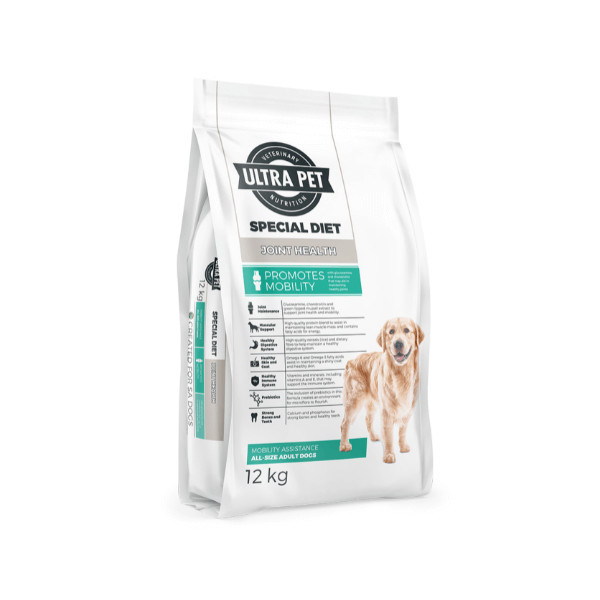
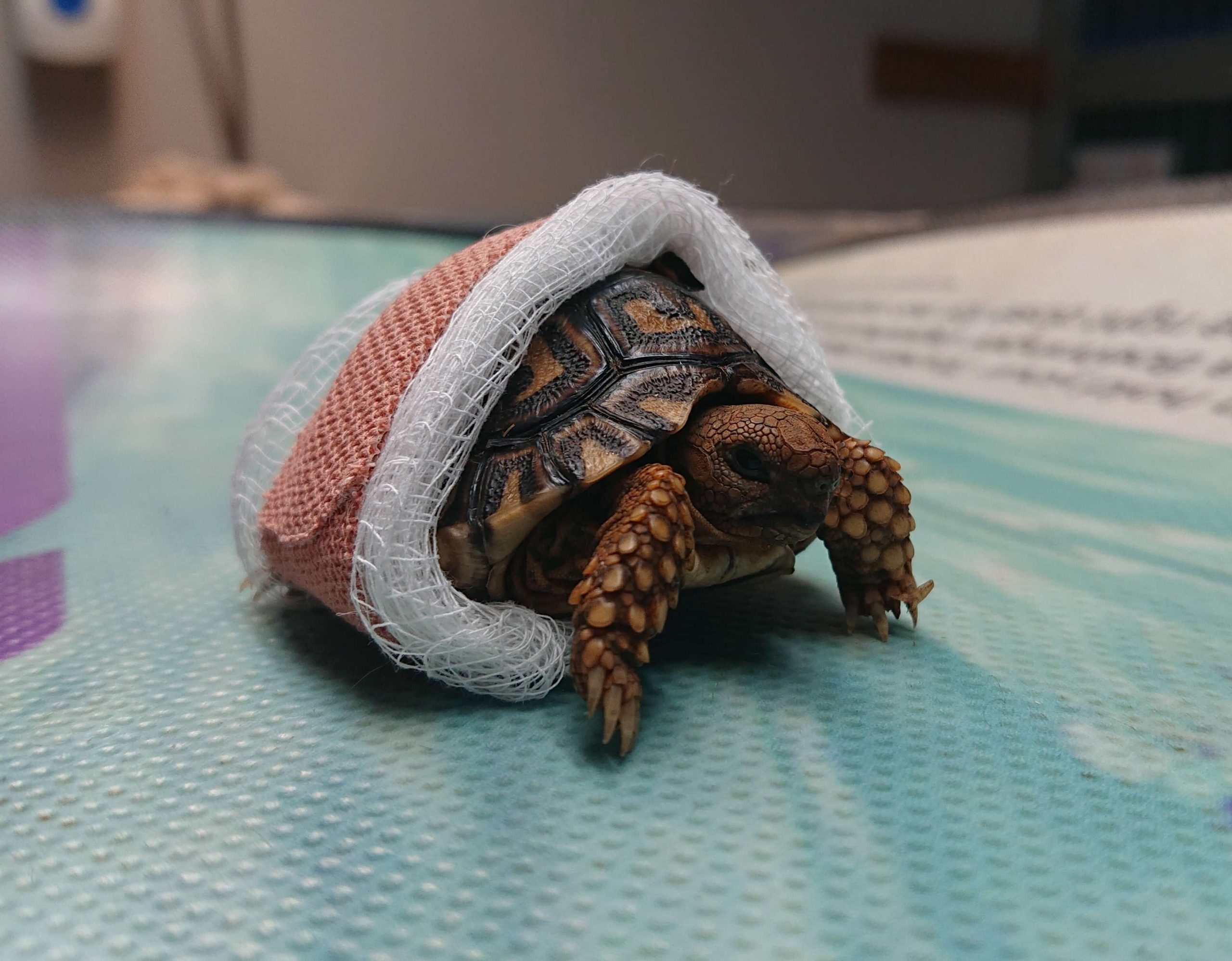
The page you requested could not be found. Try refining your search, or use the navigation above to locate the post.
Yes, it’s true that parrots can perceive ultraviolet (UV) light, which impacts their color vision and how they interact with their environment, including other parrots. Unlike humans, parrots have a fourth type of cone in their eyes that is sensitive to UV light, allowing them to see a broader spectrum of colors. This ability affects how they see each other, as some plumage features that are invisible to humans are visible to parrots under UV light.
Introducing the Pawsitiv Vibe Sweatshirt – The Ultimate Winter Essential for Your Stylish Pup! Treat your furry friend to the coziest and most fashionable winter wear with this Pawsitiv Vibe Sweatshirt. Designed for comfort, durability, and undeniable style, this sweatshirt is a must-have for every gorgeous pooch out there!
Every stylish pup needs a hoodie—because why should humans have all the fun? The Dog’s Life Nature Loving Pup Winter Hoodie is perfect for adventurous furballs who love looking good while staying warm. Made from super soft polyester fleece, this hoodie is like a warm hug on a chilly day. Plus, with ribbed sleeves for extra stretch and comfort, your pup can strut their stuff without feeling restricted.
Your dog will be looking sharp in the cold this winter with this velvet flannel dog jersey. Made from a cozy velvet flannel fabric, it’s stretchable up to a point and with a high-cut belly doing bathroom duties is easy! Available in 7 sizes.
Your dog will be looking sharp in the cold this winter with this velvet flannel dog jersey. Made from a cozy velvet flannel fabric, it’s stretchable up to a point and with a high-cut belly doing bathroom duties is easy! Available in 7 sizes.
Your dog will be looking sharp in the cold this winter with this velvet flannel dog jersey. Made from a cozy velvet flannel fabric, it’s stretchable up to a point and with a high-cut belly doing bathroom duties is easy! Available in 7 sizes.
Your dog will be looking sharp in the cold this winter with this velvet flannel dog jersey. Made from a cozy velvet flannel fabric, it’s stretchable up to a point and with a high-cut belly doing bathroom duties is easy! Available in 13 sizes.
Your dog will be looking sharp in the cold this winter with this velvet flannel dog jersey. Made from a cozy velvet flannel fabric, it’s stretchable up to a point and with a high-cut belly doing bathroom duties is easy! Available in 7 sizes.
Your dog will be looking sharp in the cold this winter with this velvet flannel dog jersey. Made from a cozy velvet flannel fabric, it’s stretchable up to a point and with a high-cut belly doing bathroom duties is easy! Available in 13 sizes.
Your dog will be looking sharp in the cold this winter with this velvet flannel dog jersey. Made from a cozy velvet flannel fabric, it’s stretchable up to a point and with a high-cut belly doing bathroom duties is easy! Available in 7 sizes.

Pet poisonings from household/human food is quite prevalent. People often make the mistake of thinking that people food is okay for pets. Sometimes it is, and sometimes it isn’t.
Milk is not easily digested by most adult animals and can cause them to develop diarrhoea, not to mention the negative impact the excessive calcium can have on growing animals.
Though not a poison, bones are VERY DANGEROUS. They can lodge in a dog’s passageways or cut it’s intestines causing extreme pain and discomfort, possibly leading to death.
Chocolate is responsible for countless pet poisonings. Theobromine and caffeine are concentrated in dark and baking chocolate.
Onions and garlic can destroy a dog’s red blood cells, leading to anaemia.
Rich, fatty foods such as chicken skin or gravy can cause pancreatitis and inflammation of the digestive system and can be very painful and serious.
Grapes and raisins can lead to loss of appetite, vomiting, diarrhoea, abdominal pain and acute renal failure in dogs, possibly resulting in death.
Coffee is also dangerous to animals.
Nicotine is a stimulant that can increase the heart rate, leading to collapse and, in the worst case, death.
Avocado is dangerous to the heart.
Alcoholic beverages should be kept away from animals at all times.
Be as vigilant at poison-proofing your house for a pet as you would be for a child!
Some of the most common signs of poisoning include gastrointestinal signs (vomiting and diarrhoea), neurological signs (tremors, incoordination, seizures, excitability, depression), respiratory signs (coughing, sneezing, difficulty breathing), skin signs (inflammation, swelling), liver failure (jaundice, vomiting) and kidney failure (increased drinking, loss of appetite and weight loss).
Some poisons act on more than one body system, and so can produce any combination of the above signs.
The most common malicious poisoning one tends to see in veterinary practice is with use of Temik, also known as “Two Step”. This was previously used as an insecticide on farms. It looks very similar to “poppy seeds” and can quite easily be bought illegally. Burglars place it in meat which is then thrown into your yard. Signs of poisoning are usually seen within 5-20 minutes.
The most common signs are: Excessive salivation, vomiting, abdominal pain, diarrhoea, not wanting to eat, runny eyes/nose, difficulty breathing/blue gums, muscle twitching, restlessness and in many cases paralysis which inevitably leads to death.
There are many household items and plants that can be harmful to your pet.
Although plants are great, many are also poisonous to pets. Many plants that are not toxic to people may cause serious medical problems in pets, such as renal failure, irregular heartbeats, cardiac shock and even death.
Lilies
Members of the Lilium family are considered to be highly toxic to cats. While the responsible component has not yet been identified, it is clear that with even ingestion of very small amounts of the plant, severe kidney damage could result.
Marijuana
Ingestion of Cannabis by companion animals can result in depression of the central nervous system and incoordination, as well as vomiting, diarrhoea, drooling, increased heart rate and even seizures and can even result in a coma.
Chincherinchee
This plant is very dangerous. It contains toxins that can cause intense gastrointestinal irritation, drooling, loss of appetite, depression of the central nervous system, convulsions and cardiac abnormalities. These signs are often so severe that it can lead to death.
Azalea/Rhododendron
Members of this plant species contain substances which can produce symptoms such as vomiting, drooling, diarrhoea, weakness and depression of the central nervous system in animals. Severe azalea poisoning could ultimately lead to a coma and death from cardiovascular collapse.
Oleander
All parts of the oleander plant are considered to be toxic, as they have the potential to cause serious effects—including gastrointestinal tract irritation, abnormal heart function, hypothermia and even death.
Amaryllis
A common garden plant, Amaryllis species contain toxins that can cause vomiting, depression, diarrhoea, abdominal pain, hyper-salivation, anorexia and tremors.
Chrysanthemum
These popular blooms may cause gastrointestinal upsets, including drooling, vomiting and diarrhoea, if eaten. In certain cases depression and loss of coordination may also develop if enough of any part of the plant is consumed.
Ivy
Ivy contains toxins that, should pets ingest it, can result in vomiting, abdominal pain, hyper-salivation and diarrhoea.
Cycads
Cycads cause liver failure, especially in puppies.
If your pet does chew on a plant, immediately remove the plant from its mouth and rinse the mouth gently with water. Identify the plant your pet ate and call your veterinarian.
Watch for excessive or foamy salivation and changes in the skin around the mouth, eyes or paws.
There are many other things that could be potentially poisonous to your pet.
The most important thing for you as a pet owner to remember is that you need to stay vigilant and act quickly and calmly when it comes to poisonings.
For more information on poisonings in pets, please check out our blog post – https://kimvet.co.za/pet-poisonings/
Resources:

Some pet owners may mistakenly think that the medications used to treat human symptoms will work for animals as well. In most instances, this is not the case.
Never give your pet human medication, even something as simple as aspirin can be lethal to your pet. Products such as acetaminophen and any aspirin product can cause stomach bleeding. Medications such as birth control and vitamins can also cause internal bleeding.
Cats tend to be attracted to unusual flavours. So keep them away from calamine lotion, diaper-rash ointments, sun-block and analgesic ointments. These products contain an acid related to those in aspirin and will prove toxic if ingested.
Cats and human medication very rarely actually work well together; even in tiny doses it can be extremely harmful.
Whether a cat accidentally chews into a pill bottle or a well-intentioned pet owner accidentally switches medications (giving their pet a human medication), pet poisonings due to human medications are common and can be very serious.
Pets metabolise medication very differently from people.
Even seemingly benign over-the-counter or herbal medications may cause serious poisoning in pets.
Human medicines that are potentially poisonous to cats are Paracetamol, antidepressants, Ibuprofen, Aspirin, ADD/ADHD medications, some laxatives, Betadine and Dettol, sleep aids, birth control pills, blood pressure tablets, thyroid hormones and cholesterol lowering agents.
Paracetamol is often given to cats in a caring, but misguided attempt to relieve pain. It is highly dangerous to cats and just one tablet is enough to cause severe illness or death.
Signs of paracetamol poisoning include depression, vomiting, swelling of the face and paws and a slightly blue discolouration of the skin.
An effective antidote is available but must be used very soon after the cat has taken the tablet.
While flea and tick treatments work well for dogs, the Pyrethrin in dog powder can be highly toxic and potentially fatal for cats. Poisoning can arise when cats are accidentally treated with dog flea products or if they groom themselves or other animals treated with the product.
Cats may salivate a great deal, be thirsty and have a high temperature and tremors or convulsions – urgent veterinary advice is essential.
Always read treatment labels carefully. Products that contain Pyrethrins or Pyrethroids should be avoided at all costs.
Gastrointestinal signs (vomiting and diarrhoea), neurological signs (tremors, incoordination, seizures, excitability, depression), respiratory signs (coughing, sneezing, difficulty breathing), skin signs (inflammation, swelling), liver failure (jaundice, vomiting) and kidney failure (increased drinking, loss of appetite and weight loss).
Some poisons act on more than one body system and can produce any combination of the above signs.
Pet medication is designed to taste delicious so that animals will eat it. Even the fussiest pet might be tempted. The physical damage of accidental ingestion of medication can be very serious – particularly if the dose is for an animal three or four times bigger in size.
Always keep medications safely out of reach of your pet. NEVER administer a medication to a pet without first consulting your veterinarian.
Never leave loose pills in plastic bags – the bags are too easy to chew into.
If you place your medication in a weekly pill container, make sure to store the container in a cabinet out of reach of your pet.
Hang your bag up.
Inquisitive pets will explore the contents of your bag and simply placing your bag up and out of reach can help to avoid exposure to any potentially dangerous medication.
If you suspect that you have accidentally given your pet the wrong medication, contact your vet for advice immediately! Make sure you know when, where and how the poisoning occurred, you can even take the packaging or substance with you to the vet.
For more information on other poisons that are harmful to pets, check out our blog post – https://kimvet.co.za/pet-poisonings/
Resources:

Accidental pet poisonings are more common than you may think. They usually involve items you may not be aware of such as common kitchen foods, household or backyard plants or items found in the medicine cabinet.
There are many things that can poison an animal. Pesticides and insecticides are common in cases of intentional and accidental poisonings. Rodent poisons are also common.
The most common malicious poisoning one tends to see in veterinary practice is with use of Temik, also known as “Two Step”, signs of poisoning are usually seen within 5-20 minutes.
Animals are naturally curious – that’s one of the reasons we love them! But sometimes, curiosity and exploration can have disastrous results.
Take, for example, the foods that fill our own cupboards and fridges. While most of it isn’t bad for your pet, some things are toxic. When you know, without a doubt, the various things your pet should never, ever eat, you drastically reduce potential pet poisonings.
Many pet owners are unaware that something in the house could endanger their pet – until frightening symptoms appear. Sure, we all do our best to ensure the house is free of choking hazards, entanglement issues and, of course, toxins, but many things slip through the cracks.
Common culprits for pet poisonings include from personal medications to household cleaners, a typical home is full of potential pet toxins.
Other common culprits of pet poisonings involve foods intended for human consumption only, such as chocolate. Chocolate is responsible for countless pet poisonings. Theobromine and caffeine are concentrated in dark and baking chocolate.
Xylitol is a substitute for table sugar that is found in many baked goods, candies and even toothpaste, Xylitol is highly toxic to pets.
Pet poisonings can cause symptoms that appear rapidly and severely. Sometimes, however, they cause mild or subtle behavioural changes and physical ailments.
If you suspect your dog has been poisoned your pet will require emergency veterinary treatment.
Symptoms include:
Poisonings are often fatal to our pets. When you suspect your pet has been poisoned, the best thing to do is stay calm.
Make sure that you are prepared for the possibility of a poisoning.
Keep your veterinarian’s telephone number in a convenient location.
You should also keep the address and number of a nearby emergency clinic close, just in case.
Take immediate action.
In a case where you are sure your pet has recently been poisoned, you can make them vomit. You simply take a handful of washing powder, make a clump with some water and force it down the throat. Preferably contact your veterinarian beforehand.
If your pet ingests poison, make sure to observe the animal closely.
Providing a detailed history of symptoms to your veterinarian is critical.
To treat a poisoning successfully, it’s helpful to have a history of your pet’s symptoms, including when the symptoms were first noticed, where the animal has been in the past few hours and whether anything has been seen in the yard (pieces of uneaten meat, any vomit with discoloration) or passed through the faeces. If you know what your pet has been poisoned with, bring the container with you to the veterinarian to help identify the active ingredient.
As a concerned pet owner, it’s up to you to provide your vet with information that could potentially save your pet’s life.
Activated charcoal is always a handy medication to have at home. You can buy it freely at any pharmacy or from your veterinarian.
Remember – always consult your vet BEFORE giving ANY medication.
Always be aware of your surroundings. If you notice anything strange in your yard that you have not seen before, do away with it immediately!
Resources: